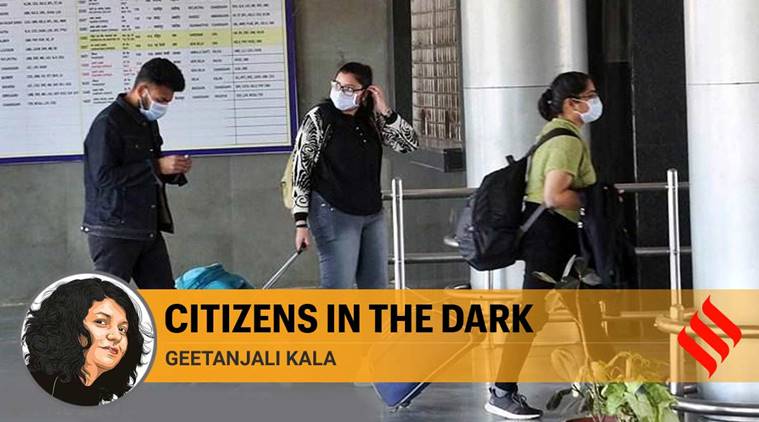 People with secure jobs and savings are braving the lockdown without much of a problem.
People with secure jobs and savings are braving the lockdown without much of a problem.
When I arrived at the Delhi airport on the last flight from London, after the Indian government had issued a travel ban, the world had already known much about the deadly COVID-19 from the experiences of people in China and other affected countries. Visuals of the Chinese response to the pandemic — a temporary 1,000-bed hospital built in a matter of days, for example — were telling. The WHO had declared the outbreak a pandemic. We knew about the virility of the coronavirus, even when Iran and Italy were just about emerging as new epicentres.
India had substantial time in hand to learn from the data and practices of other affected countries. But the first travel advisory from the government — informing people that travellers from China be quarantined — was issued as late as February 5. And, it wasn’t before March 2, that the government began looking at travellers from other countries as potential carriers
I landed in Delhi on the night of March 18-19. By this time, the UK had seen a surge in its cases. The fact that the country sits right next to continental Europe, and did not have travel restrictions for EU nationals, should have been a good enough sign that travellers from the UK were a potential risk. But we were cleared to go home after a thermal screening. Most COVID-19 infections in India have spread from people who have travelled from abroad and did not show symptoms at the time of being screened at the airport. If having cleared the thermal test, some travellers assume themselves to be virus-free, can we blame them?
It is important to note that at no point at the airport, I or anyone else standing ahead of me in the queue was told to self-isolate at home. We are, of course, expected to be informed, but a little nudge from the authorities would have helped, especially when we cannot afford to take any chance. A concerned woman standing ahead of me in the queue to submit the self-declaration form wanted some information on how to self-isolate. She also asked if her domestic help could visit her during this period. While she was still at the desk trying to process the information she had received, and possibly wanting to know more, the official at the desk started attending to the next person in the queue — this, when there was no rush at the airport.
What options did people have when they were asked to go home? Even with all the good intentions of self-isolating themselves, they possibly had no option but to use buses and trains to reach their final destinations in other cities. A lot of people could afford paid quarantine facilities but there was no information at the airport about any such arrangements.
A number of studies have indicated the significant role of asymptomatic infections in the spread of COVID-19. These asymptomatic cases are different from cases which are yet to show symptoms, or “preclinical cases”. Such people carry the infection, but never show symptoms. In them, the virus goes undetected unless tested. In fact, one study, published in Nature on March 20, also found that the viral shedding capacity of an asymptomatic infected individual was as potent as that of people who have the infection and show symptoms. Therefore, the importance of quarantine cannot be overstressed.
People with secure jobs and savings are braving the lockdown without much of a problem. However, the poor are bearing the brunt of the restrictions. The lockdown was, of course, much needed, but it could have been better managed.
Everyone must take ownership of the crisis. But, as citizens, it is also important to ask questions of our governments.
This article first appeared in the print edition of April 13, 2020, under the name ‘Citizens In The Dark’. The writer teaches and is a researcher at the University of Westminster, UK